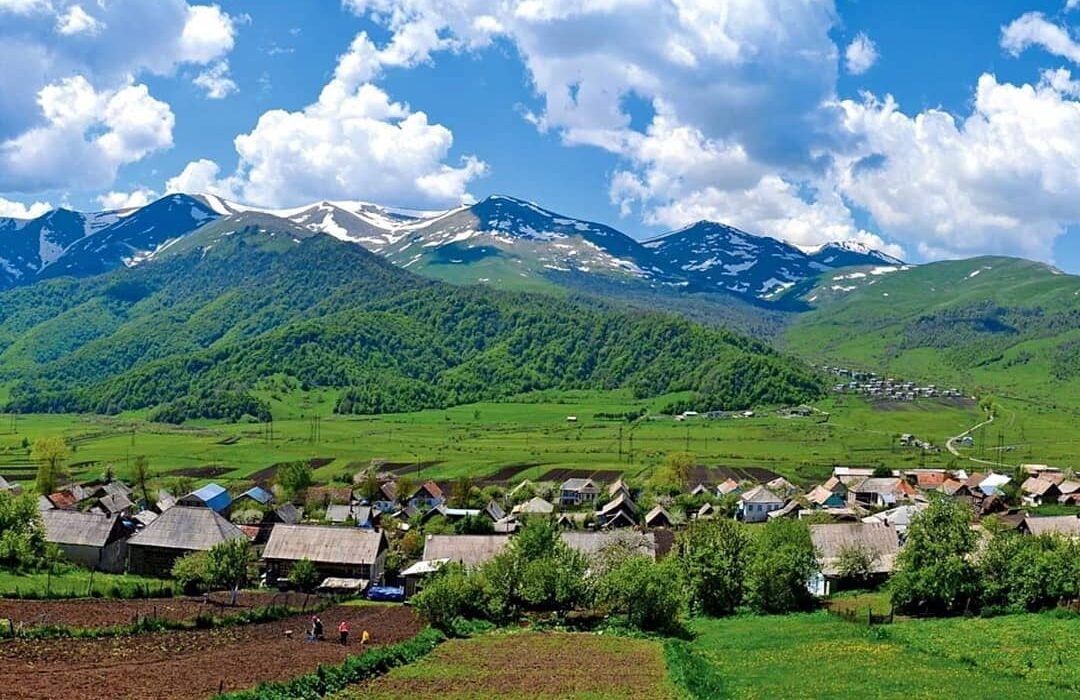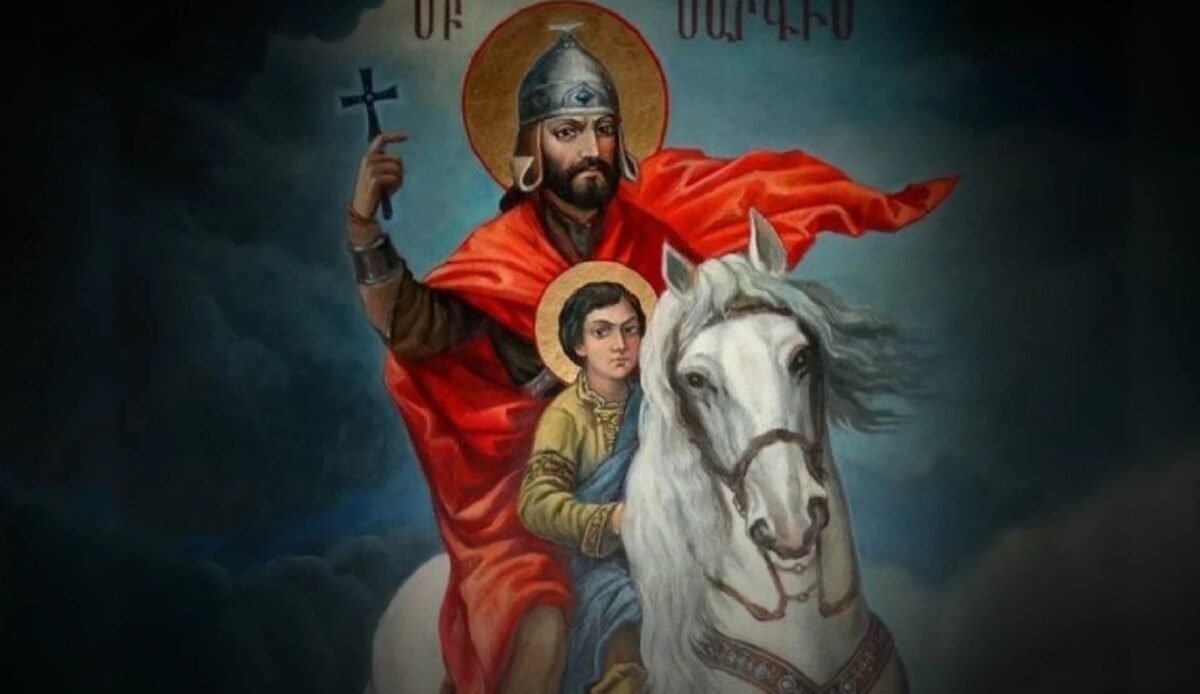The Yazidi Community of Armenia: History, Culture and Heritage
The Yazidi community in Armenia was formed in the second half of the 19th century, shaped by the region's shifting political and social dynamics. Yazidis, an ethnic minority historically linked to the mountainous regions of the Middle East-modern-day Turkey, Iraq, Syria, and parts of Iran-found refuge in Armenia during turbulent times. Their story in Armenia began as waves of refugees and resettlers sought safety from persecution, escaping religious and ethnic oppression.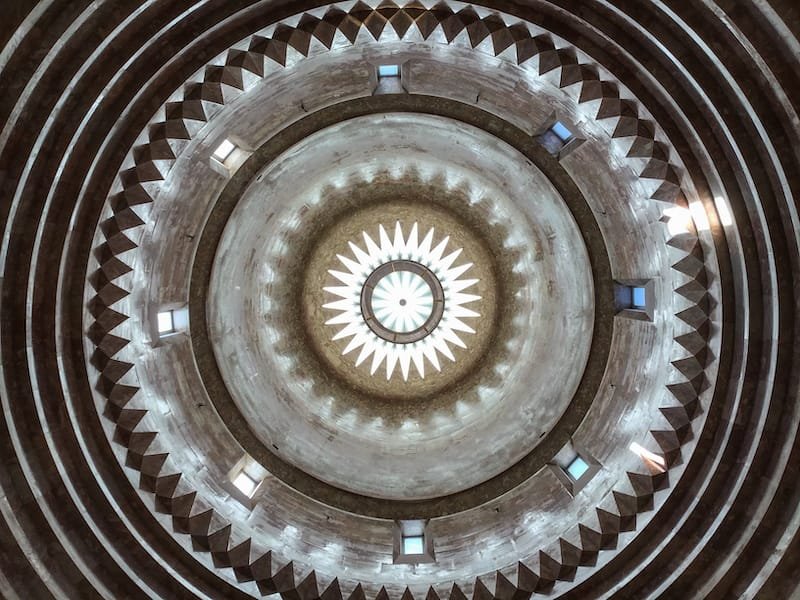
The first major influx of Yazidis to Armenia occurred during the Russo-Persian and Russo-Turkish wars of 1828-1829. Fleeing religious persecution under the Ottoman Empire, Yazidis sought sanctuary in Armenia. Their faith, Yazidism-a monotheistic religion deeply rooted in Zoroastrianism, Mithraism, and ancient Mesopotamian traditions-was often misunderstood and met with hostility by the Muslim-majority societies of the time.
In Armenia, Yazidis primarily settled in the Aragatsotn and Shirak provinces. The fertile lands and favorable climate allowed them to restore their traditional way of life, engaging in agriculture and animal husbandry. Many Yazidi villages, nestled along the slopes of Mount Aragats, remain vibrant hubs of Yazidi culture and traditions today.
Over time, the Yazidis in Armenia established their spiritual center, preserving not only their religious customs but also their cultural identity. The most prominent of these is the Yazidi temple of Malaq Tawus in Aknalich village, Aragatsotn Province. Opened in 2019, this magnificent temple is recognized as the largest Yazidi temple in the world and serves as a powerful symbol of the Yazidi community’s religious and cultural resilience.
MALAQ TAWUS YAZIDI TEMPLE IN AKNALICH
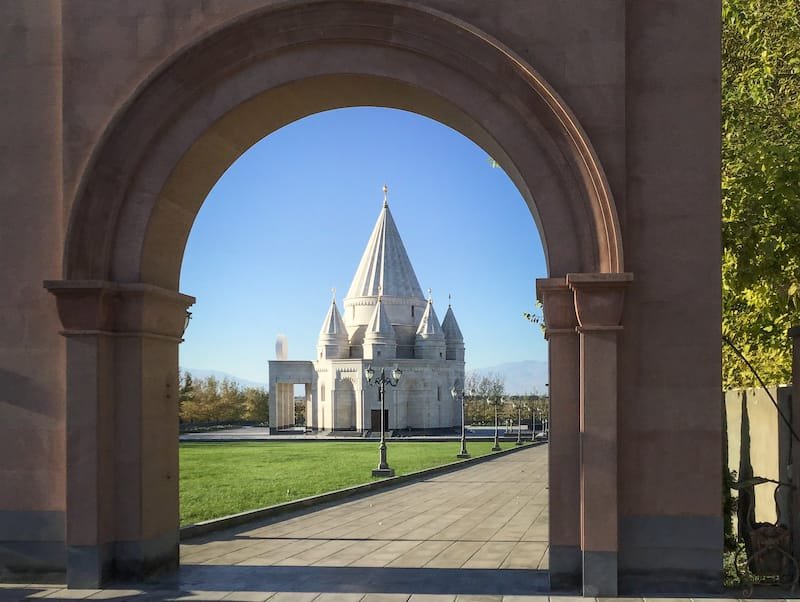
Construction of the temple began in 2012 and was completed in 2019 with an official opening ceremony. The initiative was spearheaded and funded by Yazidi philanthropist Mirzo Sloyan, while local architects and craftsmen brought the vision to life.
Designed unique architectural style, the temple features a striking 25-meter central dome that symbolizes the cosmic structure of Yazidism, channeling divine energy to its core. Surrounding the dome are seven smaller spires, representing the seven holy angels of Yazidism who safeguard the universe. High-quality local materials were used in its construction, with special attention given to decorative and symbolic elements, including representations of Malaq Tawus.
Main Dome: The temple features a 25-meter-high central dome that symbolically represents the cosmic structure of Yazidism, emphasizing the concentration of divine energy.
Seven Spires: Surrounding the temple are seven smaller spires, each symbolizing one of the seven holy angels of the Yazidi faith. These angels play a crucial role in Yazidi belief as guardians of the universe.
Statue of Malaq Tawus: In the courtyard stands a statue of Malaq Tawus, the central sacred figure of Yazidism. Malaq Tawus is revered as the bearer of goodness and divine light.
Details of the Temple: The temple's interior and exterior are adorned with symbolic Yazidi designs and patterns. Its colors reflect the Yazidi connection to the sun and cosmos, which are essential elements of their faith.
Religious Significance: The temple serves as a place of worship for the Yazidi community and holds special significance during major Yazidi holidays, including Khedr Nabi and Tsamoia Sare Sale (New Year). The temple grounds also house a center dedicated to teaching Yazidi history and traditions, where younger generations are educated about their cultural and religious heritage.
FASCINATING FACTS ABOUT YEZIDI
♦ Yazidi Community: According to the 2022 census, Armenia is home to 31,079 Yazidis. This reflects a gradual decline from 35,272 Yazidis recorded in the 2011 census and 40,620 registered in the 2001 census.

♦ Yazidi Religion: Yazidis believe in one God, the ultimate creator of the universe. However, the central figure of their faith is Malaq Tawus, the divine angel depicted as a peacock, symbolizing light and goodness.
♦ The Lalish: Lalish, located in northern Iraq, is the sacred center of Yazidism and the most important pilgrimage site for Yazidis. People from around the world gather there to participate in religious ceremonies.
♦ Yazidi Language: The Yazidi language is Kurdish, specifically the Kurmanji dialect, which is widely used for both written and spoken communication.
♦ Yazidi weddings: Yazidi weddings are distinct for their unique traditions. According to ancient customs, these celebrations last three days and are accompanied by traditional songs and dances.
♦ Yazidi marriages: In accordance with Yazidi traditions, marriages occur only within the community to preserve their ethnic and religious identity.
♦ The Yazidi calendar: The Yazidi calendar is considered one of the oldest in the world, dating back approximately 6,750 years. It is based on both lunar and solar cycles.
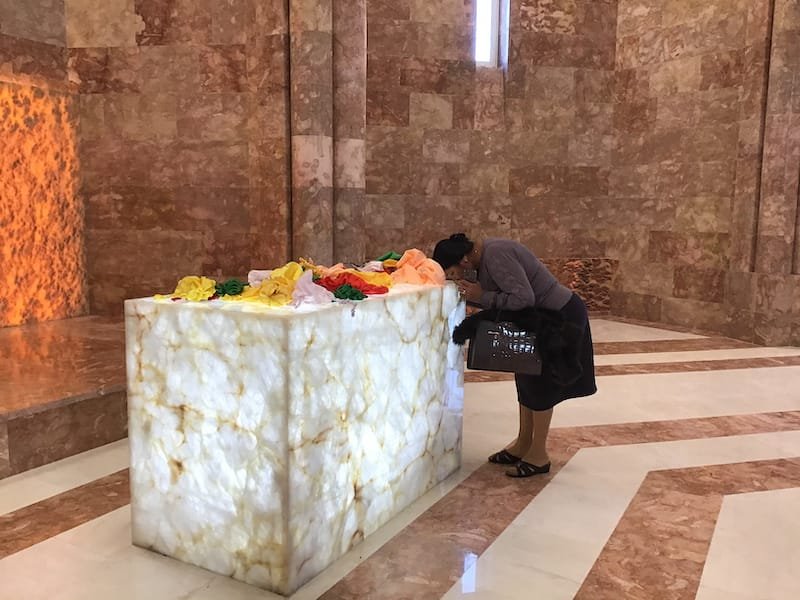
♦ Khedr Nabi: A special religious holiday observed in late December or early January, celebrating the triumph of faith and goodness.
♦ Tsamoia Sare Sale (New Year): The Yazidi New Year is celebrated in mid-April, marking the renewal of life and the blossoming of nature.
♦ The Daph: A key musical instrument in Yazidi culture, used during festivals, weddings, and religious ceremonies.
♦ Denial of Satan: Yazidis deny the existence of Satan. Even mentioning Satan's name is considered a grave sin in the Yazidi religion.

